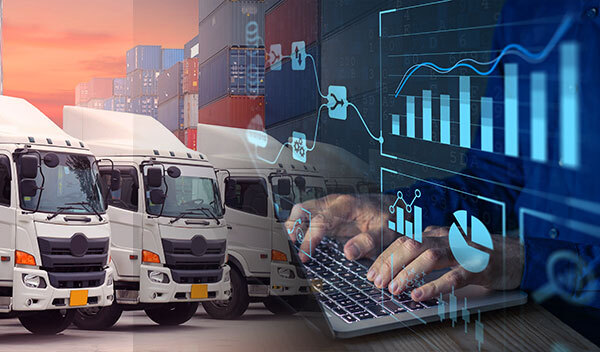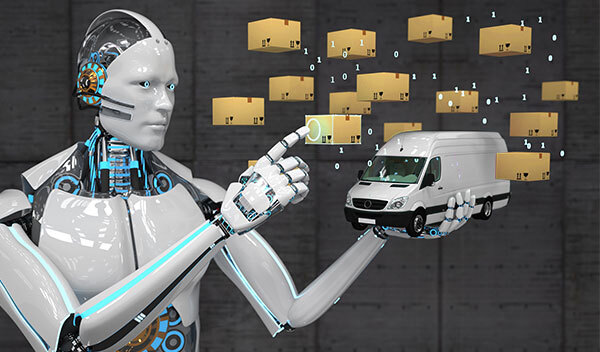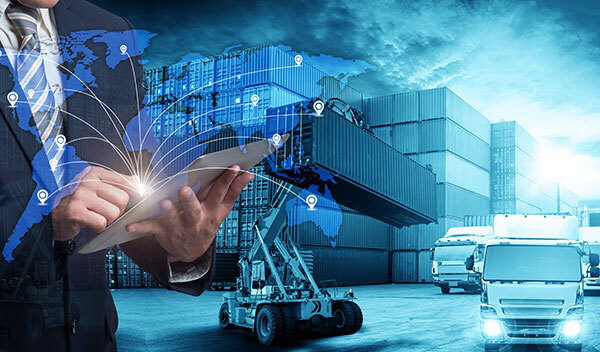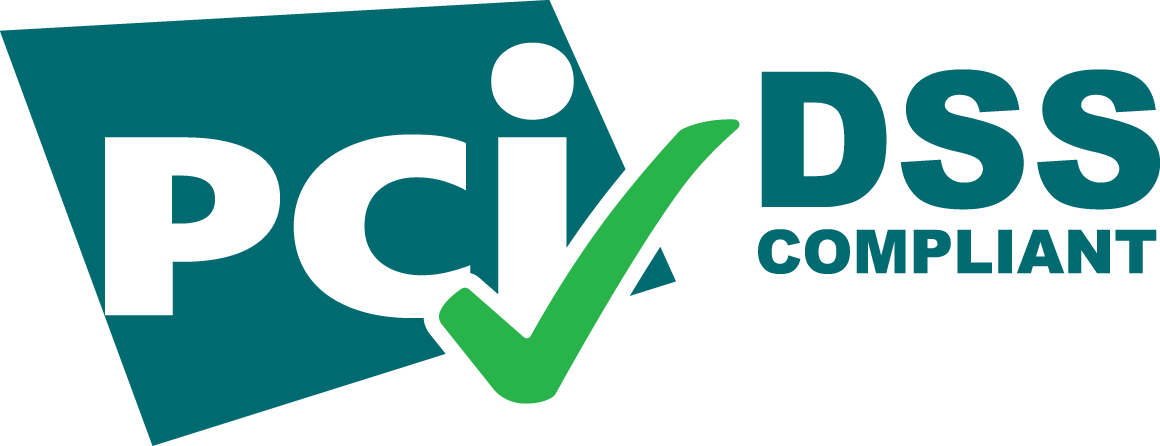The self-proclaimed ‘Car Guy’ seems to be a huge fan of EV adoption. Though many wouldn’t agree with his enthusiasm for technology, they have to admit that he is making some serious strides in achieving his goals. Biden Ev plans to have zero emissions in the USA by 2050, with a slightly smaller goal of all cars sold by 2030 being electric-powered vehicles.
Biden ev infrastructure plan includes setting up charging stations across highways and major cities in the US. Deals have been made with the likes of Tesla, Toyota, Ford, Volvo, and more. Some deals are much more significant than others; for example, in the Biden ev infrastructure plan, Tesla has been given one of the most significant contracts for setting up charging stations.
Let's go step by step through what has happened, is happening, and will happen in the future.
What investments have the Biden Ev infrastructure plan made till now?
The Biden Ev plan has invested 7.5 billion dollars in EV charging, over 7 billion dollars in EV battery components, critical materials, and minerals, and over 10 billion dollars in clean transportation.
The implementation of these programs has complemented the Reduction Act’s landmark initiative for advanced batteries and tax credit breaks for purchases of EVs and its changing infrastructure.
These flagship programs will help create a national EV charging network across US highways and cities, promoting the adoption of the technology. It will also allow manufacturers to push for even better Electric vehicles.
So, we are likely to see safer, cheaper, and cleaner electric vehicles than ever. Since the Biden ev plan aims to have unions and production of vehicles within the US, we are also likely to see more job creation and increased American manufacturing.
What effect has the Biden EV infrastructure plan had till now?
Since President Biden's EV plan kicked off, the sale of electric vehicles has tripled, and public charging port availability has grown by a minimum of 40% since his government came into power.
There are over 3 million electric vehicles on the road and more than 130,000 public charging stations across the US. These numbers are only poised to grow, which will only help increase EV sales.
One of the most significant barriers currently preventing EV adoption is the anxiety associated with charging over long distances. But thanks to Biden's EV plans companies like Tesla, General Motors, BP, and more have announced plans to expand the charging networks using private funding.
I think it's needless to say that the EV future looks electrifying and that Biden is reaching his goals at lightning speeds.
500,000 EV chargers by 2030
The Biden EV infrastructure plan will ensure that the manufacturing of chargers is done from within the US and that everybody has ready access to their charging needs. The President has openly announced that he is committed to producing a reliable, user-friendly, and convenient network of EV chargers by 2030. A total of over 500,000 EV chargers are in the making.
The Department of Transportation is starting the National Electric Vehicle Infrastructure Program (NEVI) to support Bidens EV plan vision. A $5 billion budget has been allocated to make a coast-to-coast network of EV charging focusing on main highways to support long-distance traveling, which includes semi-trucks.
This plan aims to eliminate the anxiety of long-distance traveling on an EV. People will have enough charging stations and infrastructure to plan their trips on EVs. All these efforts will help increase sales of electric vehicles, helping complete the President's goal of over 50% of all vehicle sales being electric by 2030.
How are Private Companies Helping in the Biden EV Plan for Larger Charging Networks
Setting up such a vast line of charging networks not only requires a substantial amount of dollars but also requires expertise and technological know-how to accomplish. For that reason, the government will not be working alone on this. Some private companies will also help establish EV dominance.
For the first time in its short history, Tesla will provide a portion of their superchargers and destination chargers to EVs other than Tesla. By the end of 2024, they plan to make 7,500 chargers available for public use.
The chargers will be provided across the US; 3500 new chargers and existing 250 KW superchargers are set to expand the charging network across US highways. Hotels and restaurants will be provided with Level 2 chargers.
Anyone with an EV can access these charging stations with the help of Tesla's website or mobile application. Moreover, Tesla will produce twice as many superchargers from its US-based manufacturing.
Hertz and bp's plan to build a national network of EV fast charging infrastructure is a significant step towards accelerating the adoption of electric vehicles. By bringing charging infrastructure to Hertz locations across America, including major cities, they can make it more convenient and accessible for rideshare and taxi drivers, car rental customers, and the general public to charge their electric vehicles.
Using large-scale charging hubs, known as "gigahubs," is particularly exciting as they can accommodate multiple vehicles simultaneously and help reduce charging times. Additionally, the plan to install charging hubs at high-demand locations such as airports is a smart move, as it can help reduce range anxiety for travelers and increase the appeal of electric vehicles.
Bp's investment of $1 billion in EV charging in the US by 2030 is a significant commitment that can help drive the growth of the electric vehicle industry. Hertz's objective to make one-quarter of its fleet electric by the end of 2024 is also an impressive goal that can help increase the demand for electric vehicles and reduce carbon emissions.
Both companies are partnering to create a coast-to-coast charging station network of 2,000 350 KW high-powered chargers at all pilot and flying J travel centers across the US highways. This network of over 5000 travel centers will allow long-distance EV traveling connecting rural and urban communities. The first 200 plus chargers will be available for use this year.
-
TravelCenters of America and Electrify America
The companies have announced offering EV charging at specific travel centers in America and Petro locations. Their goal is to install around 1000 EV chargers at more than 200 locations alongside significant highways within the next 5 years.
They are installing a new solar PV project in San Bernardino County, CA, producing over 75MW of electricity. The goal is to deliver this energy nationwide over 800 DC fast chargers. So EV drivers are using renewable clean energy to charge their vehicles.
-
Mercedes-Benz, ChargePoint, and MN8 Energy
Through a partnership, the companies will install over 400 charging units and more than 2500 public DC fast charging ports across USA and Canada.
-
ChargePoint, Volvo Cars, and Starbucks
A three-way partnership that will install 60 DC fast chargers at more than 15 locations along a 1,350-mile route between Denver & Seattle, which will be completed by the end of 2023 summers.
-
General Motors Partners with Flo
In collaboration, both companies aim to install over 40,000 Level 2 public chargers in their local communities by the end of 2026. The charging stations will be a part of the Ultium Charge 360 network and accessible to all EV drivers.
A very ambitious plan for Francis Energy is to expand its EV charging network to 40 states and install 50,000 charging ports by 2030. It's also great to hear that the company is partnering with various stakeholders, such as municipalities, auto dealers, Tribal Nations, and private businesses, to achieve this goal.
Notably, the company focuses on serving Justice40 communities, the most disadvantaged communities suffering from environmental pollution and climate change. By expanding its charging network to these communities, Francis Energy is helping to increase access to clean energy transportation and reducing the environmental impact of transportation in these areas.
They recently committed $400 million to install over 1,000 DC fast chargers. This charging infrastructure will service thousands of heavy electric semi-trucks. The project is set to open at San Pedro and Oakland ports in California in the next 10 years. This project will create more than 600 union jobs. Moreover, it will reduce the number of harmful gases released near the ports.
The company has promised to install at least one public DC fast charger with 2 ports at more than 1920 Ford dealerships by next year.
Should Fleet Owners Consider an Early Switch to EVs?
I believe fleet owners should take EV adoption seriously; with the government favoring tax breaks and creating incentives for EV owners, there is no better time to shift towards EVs.
Now I don't mean to shift completely towards EV, but the next new semi-truck in your fleet should be an EV semi-truck. Early adopters usually reap the most benefits from new technologies but often end up on the receiving end of the stick if things don't go as planned.
But with private companies and the government spending billions of dollars on the technology, it will take a miracle to fail.
About the Author: Mubashir Ijaz
Mubasshir Ijaz started his career as a creative writer and digital marketer back in 2016. He has worked under multiple niches and aims to provide readers with a free-flowing, easy-to-understand copy that will provide them with value for their time. He aspires to be a problem solver, and through his extensive writing experience, he aims to provide trucking business owners and employees with informative technological solutions.











